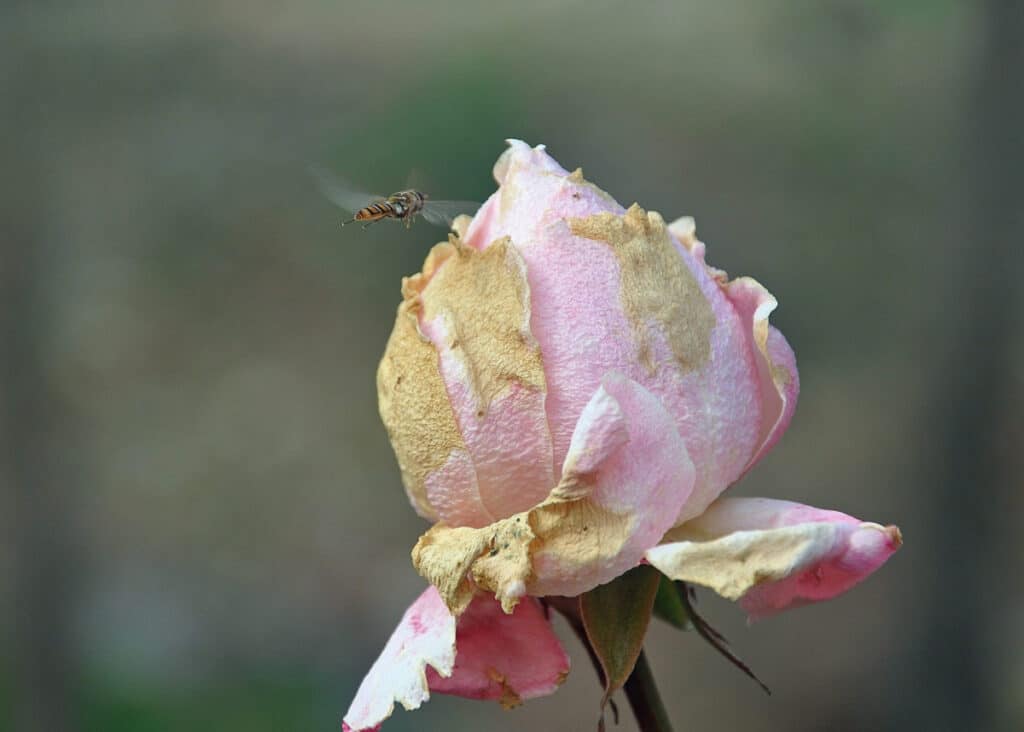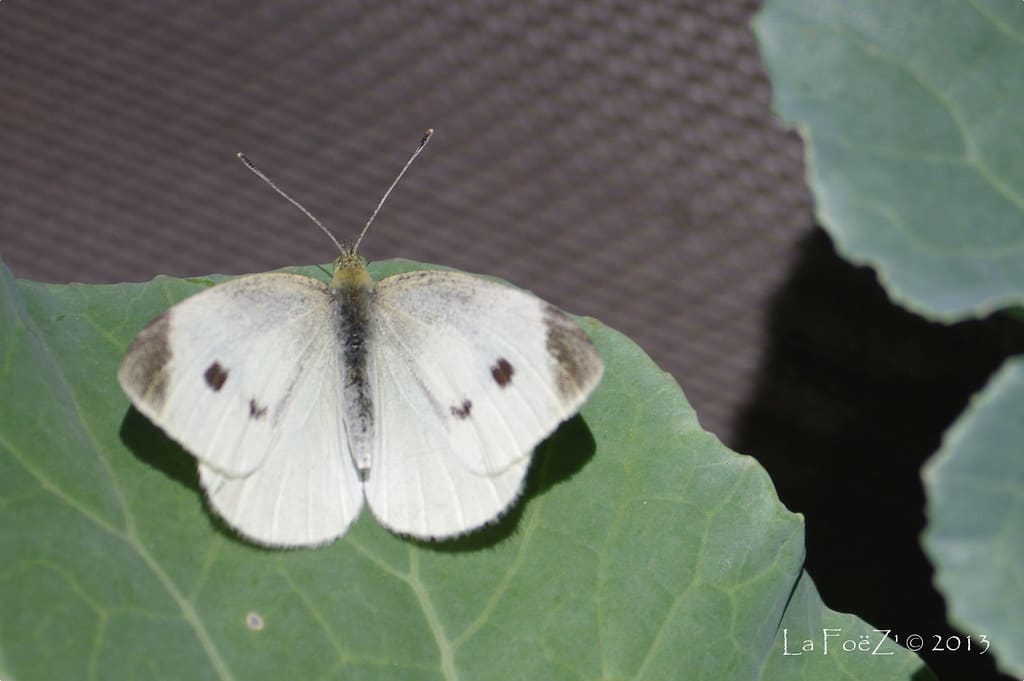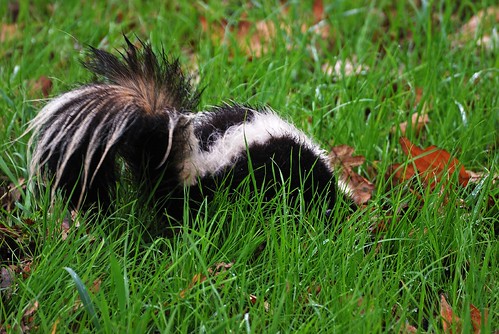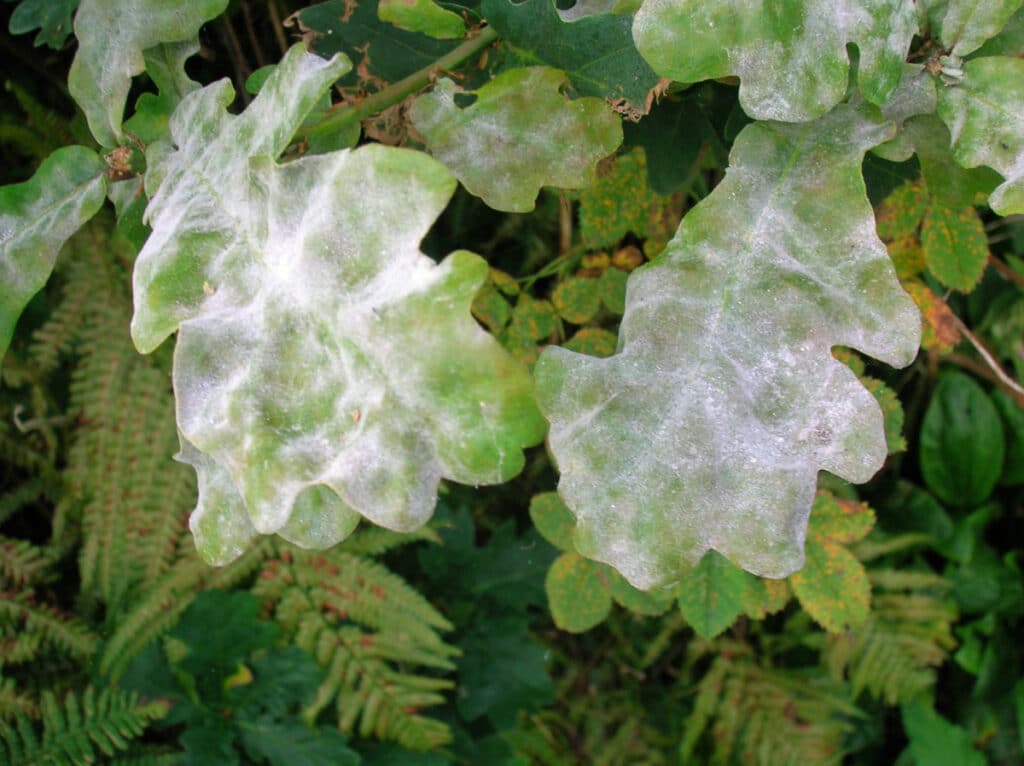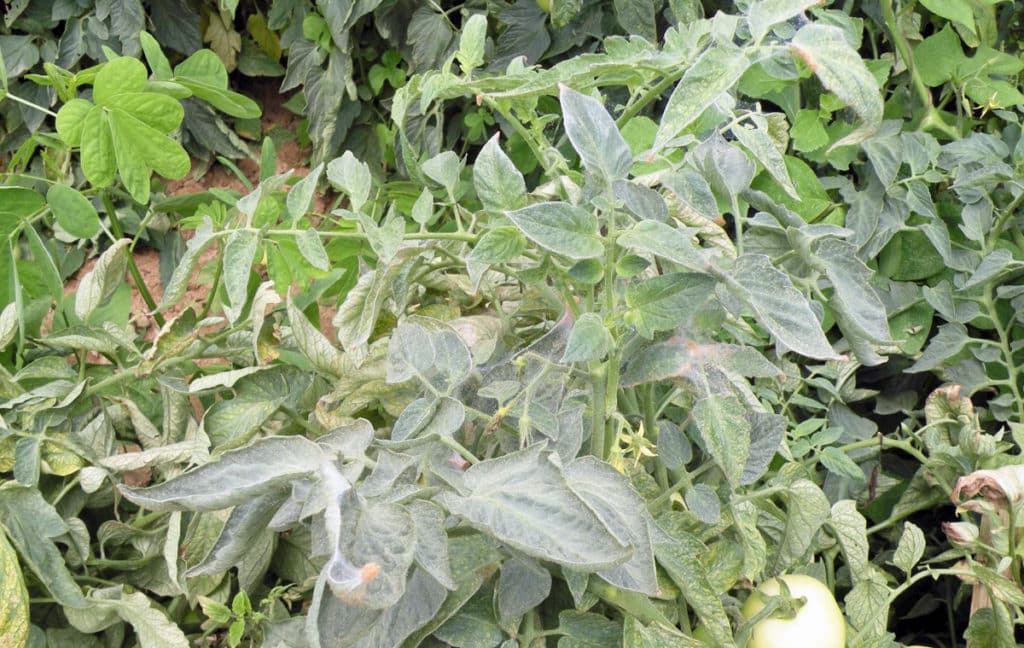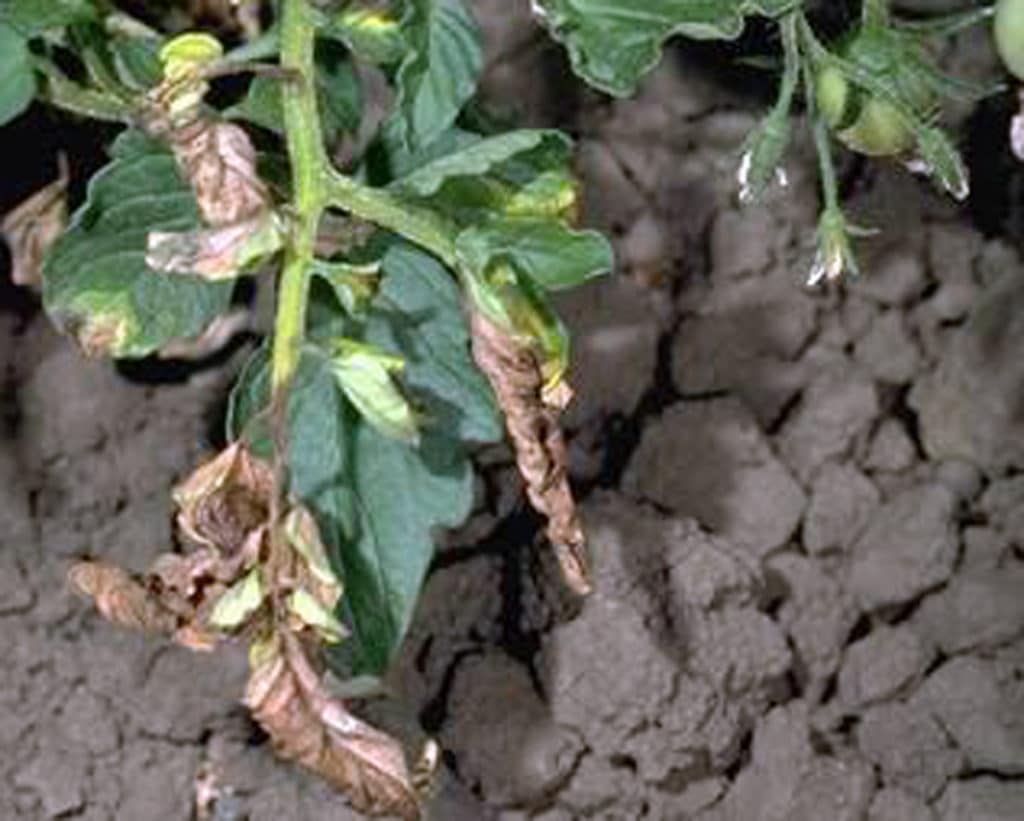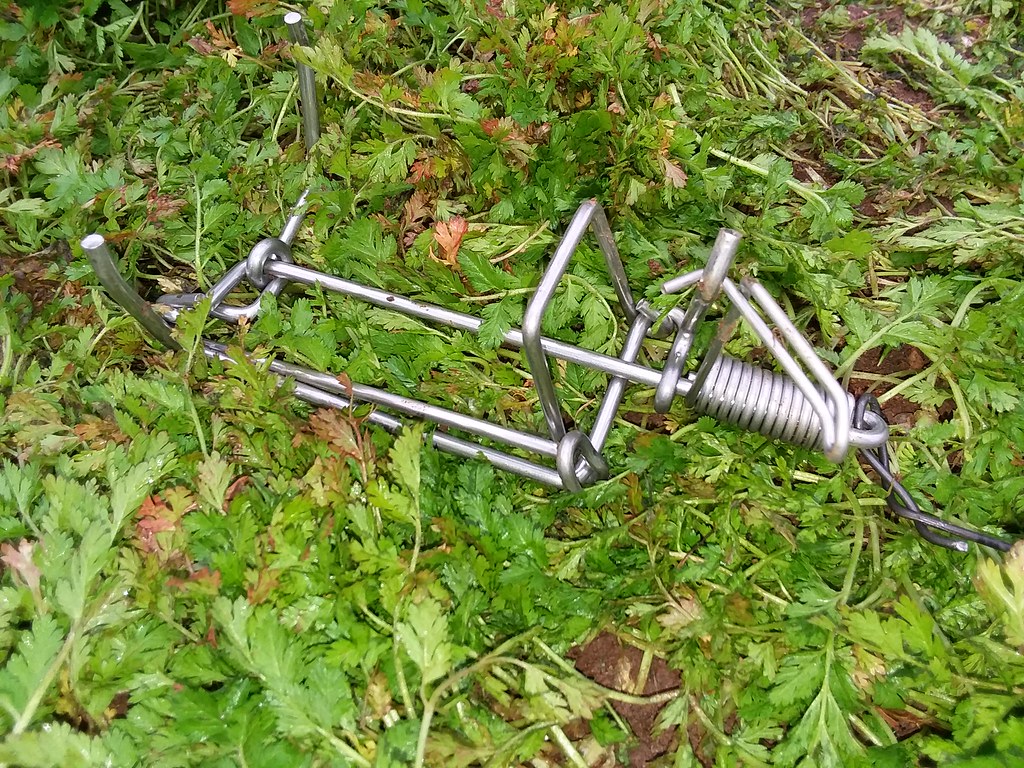A Rainy Season Blight for your Roses
Along with the first rains of the season arrive, comes the potential for botrytis – a disease that can turn lush rose blooms into a brown, soggy mush. This wide-spread disease is also known as botrytis blight, bud rot, gray mold, wooly mold and when growing on grapes, the “noble rot” where it can either […]
A Rainy Season Blight for your Roses Read More »
